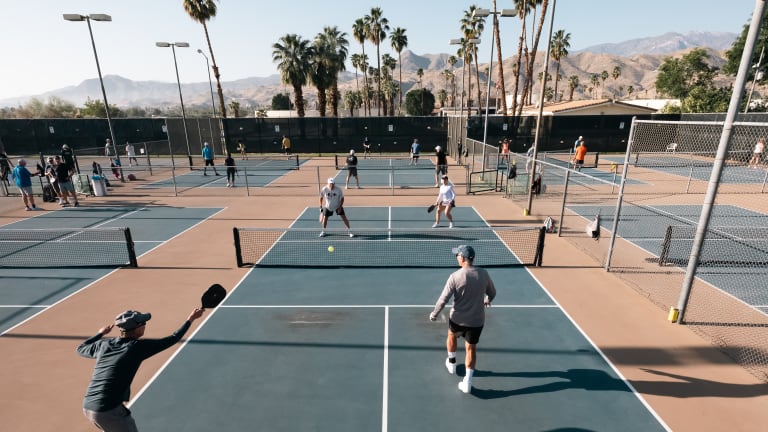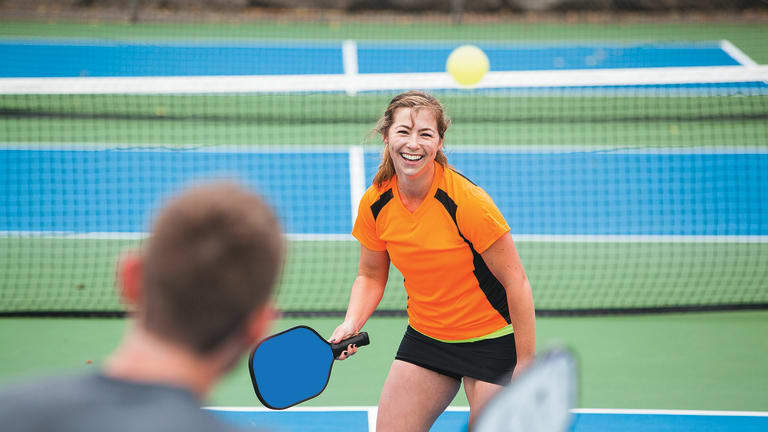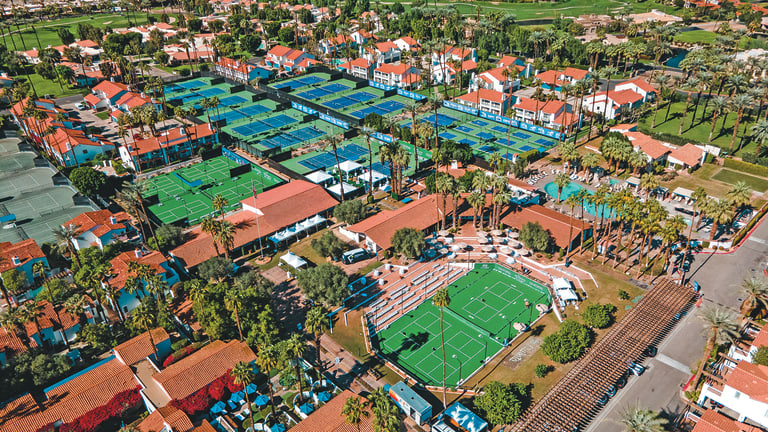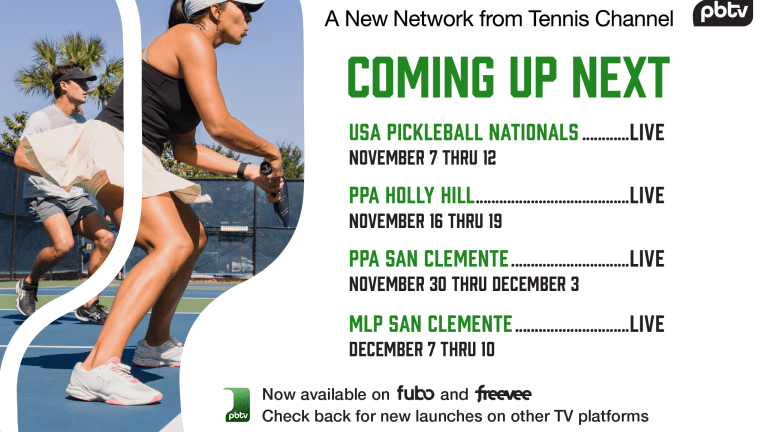PBTV is now streaming live on Freevee and pickleballtv.com. For more information on the new television network dedicated to pickleball, click here.
pickleball
A trip through California’s courts reveals plenty about pickleball’s inviting and intoxicating culture
By Nov 07, 2023pickleball
Jack Sock to play Donald Young in San Clemente pickleball match
By Jun 18, 2025pickleball
New pickleball series ‘How I Met My Partner’ recognized at Denver Film Festival
By May 09, 2025pickleball
Andre Agassi wins pro debut match with Anna Leigh Waters at US Open Pickleball Championships
By Apr 30, 2025pickleball
Andre Agassi to make pro pickleball debut with Anna Leigh Waters at US Open Pickleball Championships
By Apr 24, 2025pickleball
Andre Agassi will play at US Open Pickleball Championships
By Apr 22, 2025pickleball
Genie Bouchard, Donald Young, Jack Sock, Sam Querrey headline doubles at PPA Veolia North Carolina Open
By Apr 04, 2025pickleball
Jack Sock earns first-career silver medal at PPA Red Rock Open
By Mar 31, 2025pickleball
PPA Red Rock Open claims Sam Querrey, Jack Sock and Eugenie Bouchard in opening round of doubles
By Mar 29, 2025pickleball
Jack Sock, Eugenie Bouchard lose in mixed doubles at PPA Red Rock Open ... but are not out of the tournament
By Mar 28, 2025A trip through California’s courts reveals plenty about pickleball’s inviting and intoxicating culture
“You’ve got people feeling like they’re an athlete for the first time in their life.”
Published Nov 07, 2023

© Discovery Communications
Advertising

What is driving the pickleball movement in reaching such a wide demographic? For starters, the sport provides a positive boost to overall wellness.
Advertising

Tennis Channel and the PPA Tour have created Pickleballtv, a standalone pickleball channel, along with separate websites and apps solely dedicated to the sport.
Advertising
Advertising

So much about pickleball adds up to an enticing equation: competition plus camaraderie equals community.
© Shutterstock
Advertising

It’s anticipated that athletes from other sports will soon make their way to pickleball and potentially even alter the way the game is played.
Advertising

What's coming up on PBTV? Find out here.